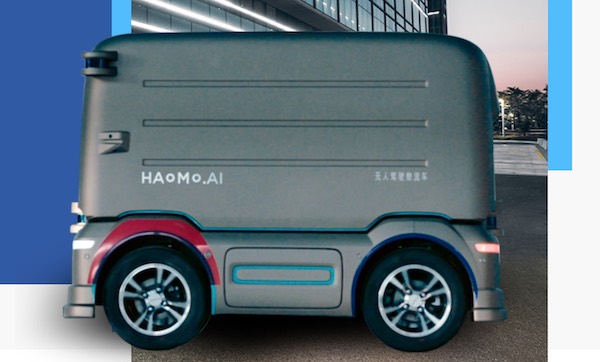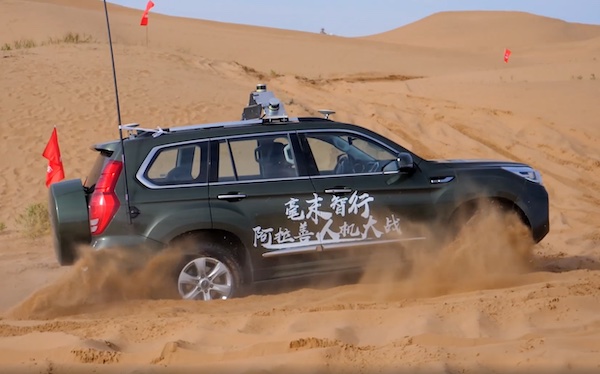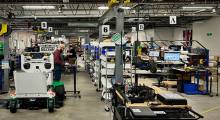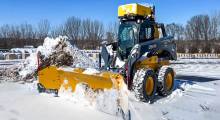The global race toward autonomous vehicles has continued, with Robotics 24/7 tracking more than $2.5 billion in technology investments in just in the first quarter of 2022. Haomo.AI this week said it has raised “hundreds of millions” of renminbi, or RMB, in Series A+ financing. One hundred million RMB is equivalent to $15.7 million U.S.
“This round marks a new developmental milestone for Haomo,” stated Zhang Kai, chairman of Haomo. “With the help of partners and investors, Haomo will continue to maintain its leading position in mass production of autonomous driving solutions and AI technology.”
The Beijing-based company raised nearly RMB 1 billion ($160 million) in its Series A round in December 2020, making it a “unicorn.” Haomo plans to spend its latest funding on research and development and aquiring talent as it seeks to lead the competitive Chinese autonomous vehicle industry.
Haomo produces L2, L4 systems
“Haomo expects to roll out the urban road version of its in-house-developed Level 2 autonomous driving system, the NOH—Navigation on HPilot—by mid-2022, and the all-scenario version in the second half of this year,” said Gu Weihao, CEO of Haomo. The company was founded in 2015.
The NOH system currently assists passenger vehicle drivers mainly on highways. It has features such as automated steering, acceleration, and braking.
NOH has been available on six car models produced by Great Wall Motor. The system has assisted tens of thousands of owners of WEY Mocca, Tank 300, WEY Latte, WEY Macchiato, Haval Shenshou, and Tank 500 vehicles to drive more than 7 million km (4.3 million miles). Haomo claimed that this makes it the No. 1 company in China in terms of mass production of autonomous driving systems.
In addition to its SAE Level 2 self-driving system, Haomo also produces low-speed unmanned Level 4 autonomous delivery vehicles. Since April 6, such logistics vehicles have started to deliver groceries ordered on Meituan's platform to residents in Xuhui district of Shanghai, which is undergoing a citywide lockdown as of April 1 to fight its worst COVID-19 outbreak yet.
Gu added that the company plans to launch HSD, the Haomo Self-Driving fleet, in 2023.

Fundraising and development continue
Bank of China Group Investment Ltd. led Haomo.AI's Series A+ round, with participation by existing investor Shoucheng Holdings Ltd. Past investors include Meituan, Qualcomm Ventures, and GL Ventures.
“Haomo is the most promising autonomous driving company in China, with proprietary core technologies,” said Liu Jian, chairman of Bank of China Group Investment, the direct investment arm of state-owned financial conglomerate Bank of China.
“We expect the company, guided by its windmill strategy, to realize a virtuous circle of data, technology, and products through mass production and shipment and establishment of the MANA data intelligence system,” Liu added.
Since the completion of this Series A+ round, Haomo has begun its Series B fundraising.
Article topics
Email Sign Up
















